Absolute zero below: What is The Coldest Place in The Universe?
9th Jul 2023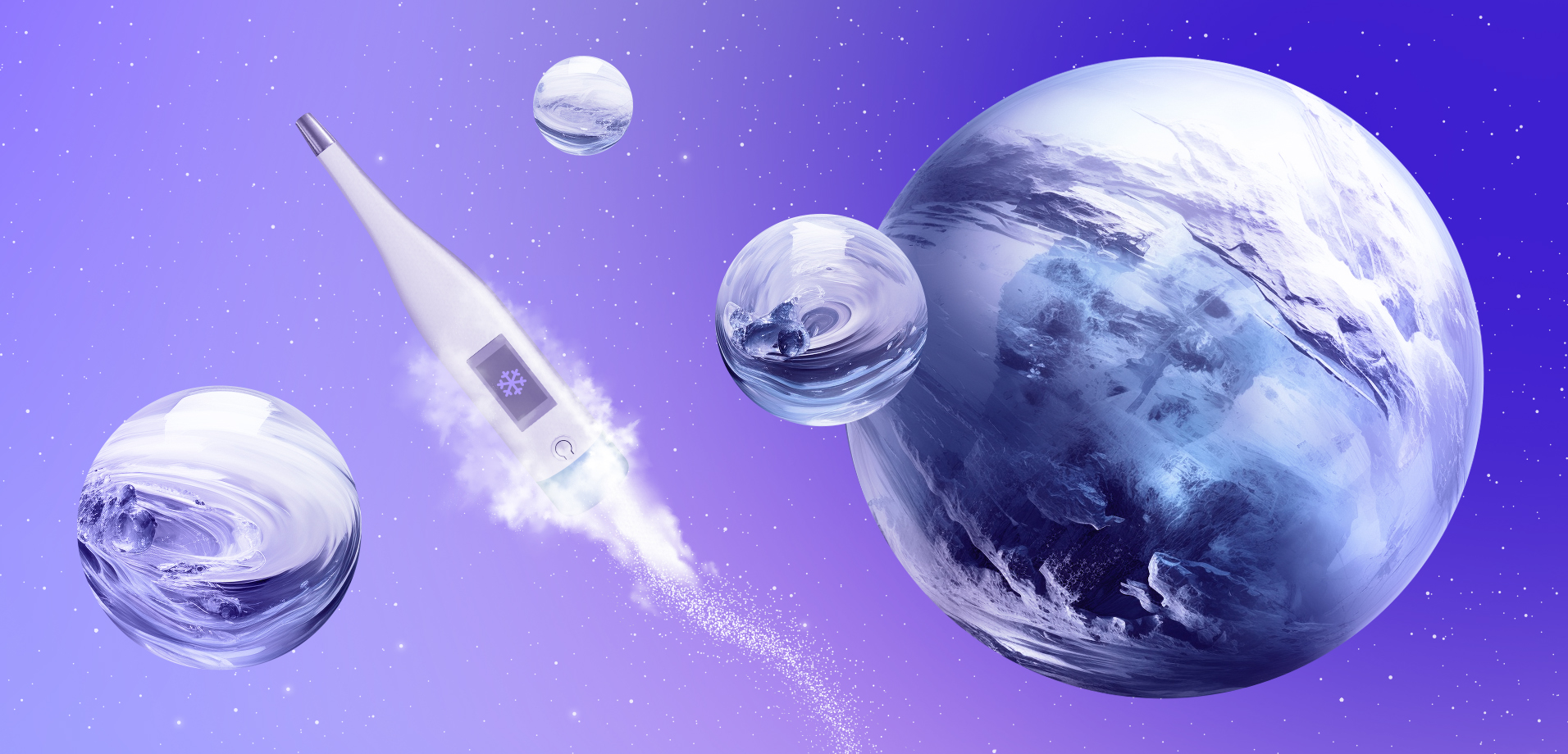
People are so arranged that we do not need either too much heat or too much cold. But still, we want to know more about the world in which we live, or perhaps we will someday live. And if we leave our comfort zone and try to find the coldest place in the Universe, what will we find? Probably a lot to wonder at. But in the meantime, let’s find out what scientists already know about this matter.
The Coldest Place on Earth
Our planet is full of places where life is very difficult due to extreme cold. There are Alaska, Yakutia, Greenland, and, of course, Antarctica. It is on this continent that the lowest temperatures are recorded. There, even microbes and bacteria do not always survive, and carbon dioxide turns into ice.
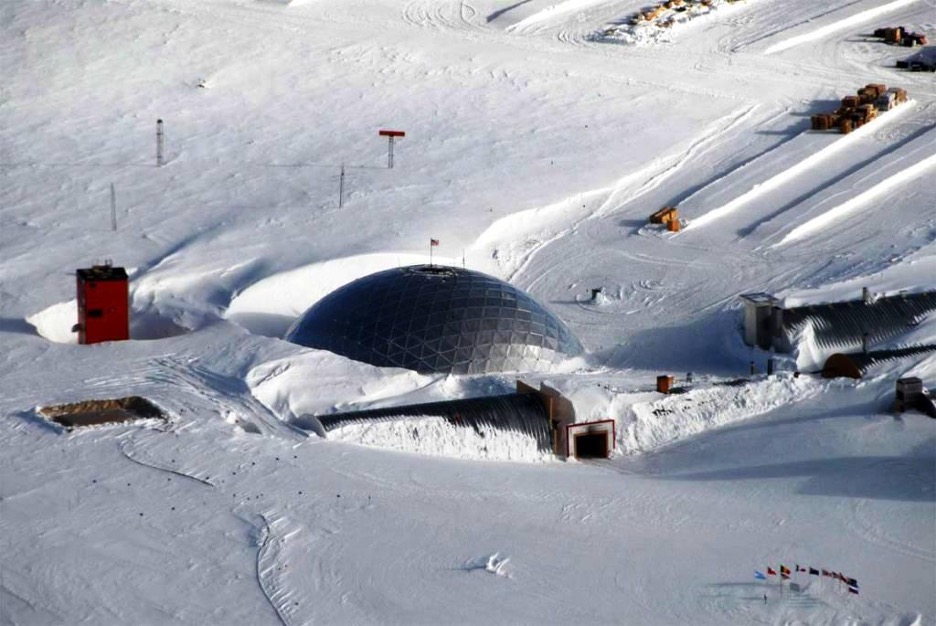
Just how cold? In 1983, a temperature record of – 89.2 °C was recorded at Vostok station. And then, in 2004, an air temperature of -91.2°C was recorded near Fuji Dome Station. And in 2010, thermometers there showed an even more mind-blowing figure of -93.2 ° C.
Even such seemingly low temps might not be the end. Meteorologists generally believe that the temperature there, under certain conditions, can easily fall below -100 degrees. But even this does not mean that Antarctica is the coldest place in the Universe. But before we get there, let’s stay closer to home, and look at the coldest place in the solar system.
The Coldest Place in the Solar System
Now let’s get off the ground and see what’s going on beyond. And we don’t have to go too far. As you know, space is emptiness, although not an absolute one. There is matter there; it moves, which means that energy is consumed and heat must be released.
But scientists have found the coldest place in near space. This is the Moon. More specifically, in parts of craters that are located in the polar regions, where the Sun’s rays never reach.
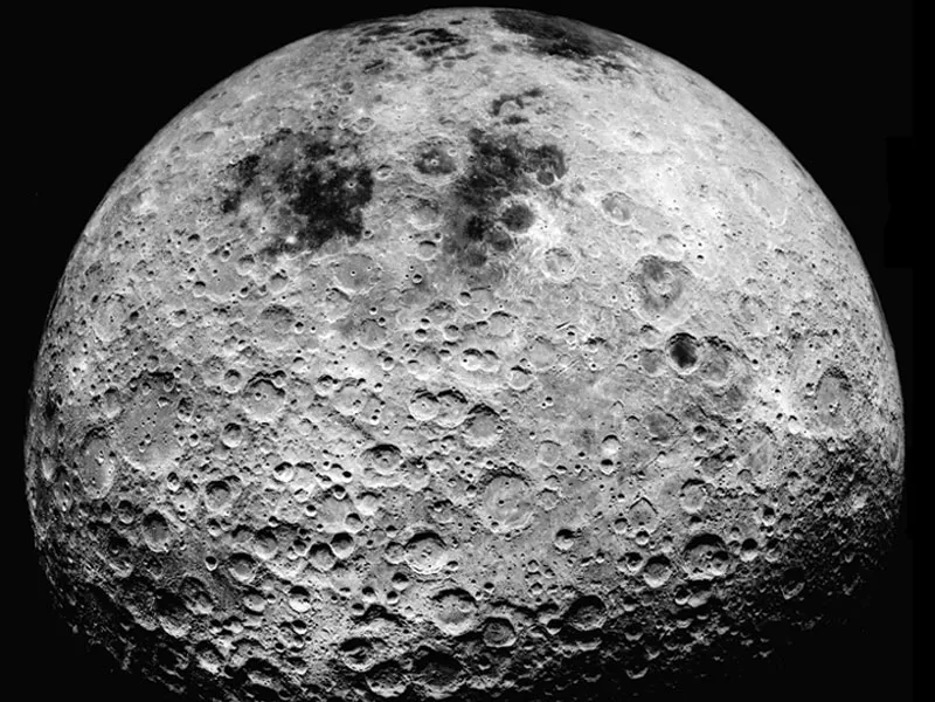
The NASA interplanetary station, using the Diviner infrared thermometer, successfully measured the temperature there. It turns out that it drops to -248.15 ºС. Scientists posit that even on the surface of Pluto, the temperature is higher, and it is possible to find such a cold object only beyond the Kuiper belt.
What is The Сoldest Thing in The Universe
Do you think the further into space from any stars, the colder it gets? That is correct. Somewhere in the region of the constellation Centaurus, scientists have discovered an interesting object. This is a protoplanetary nebula in the stage of active development. It consists of a gas that expands rapidly. Because of its characteristic shape, it was called a “Boomerang,” although outwardly, it looks more like an hourglass or an infinity sign. So, this is the coldest thing in the Universe. The temperature there drops to almost -272 ºС! This is practically an absolute zero (only one degree higher).
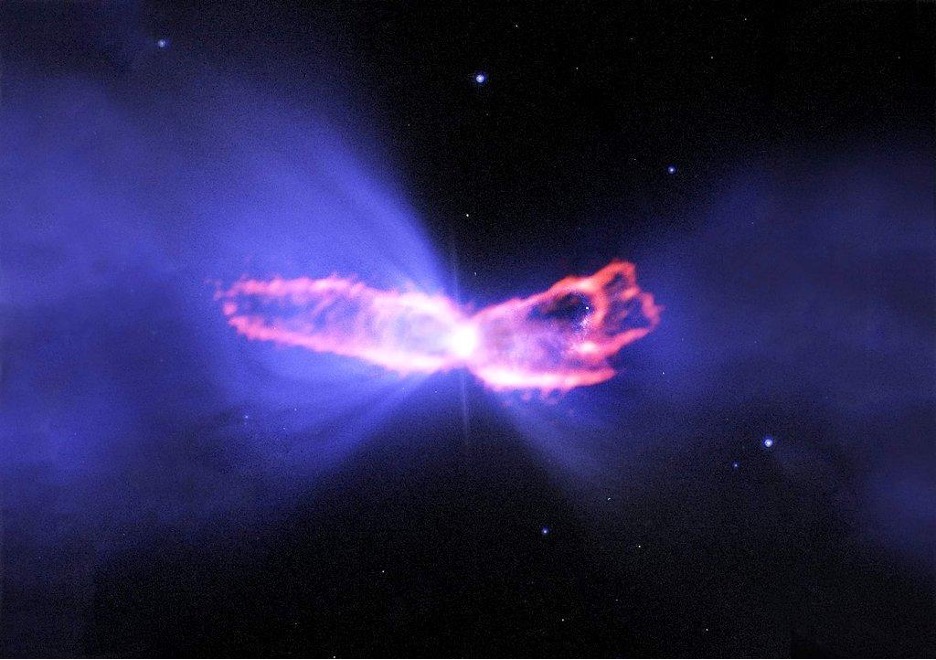
How was the Boomerang Nebula discovered?
Scientists began studying the nebula in 1980, but there was little information about it until 1998 when the first pictures from the Hubble telescope appeared. By studying them, the astronomer Raghvendra Sahai was able to put forward a theory about the processes that occur there.
The shape of the nebula was finally confirmed using the Swedish-ESO telescope. As a result, the research team concluded that it is one of the coldest places in the Universe. According to calculations, the nebula is even colder than the relic (natural background) radiation. But whether it is the only one of this kind in the Universe, no one can say yet. Most likely, the processes in such nebulae are not unique, so it makes no sense to rank them.
What makes the nebula so cold?
It’s all about the rapid expansion of the gases that make up the nebula. As their pressure drops, so does their temperature. At the centre of the nebula lies a dying yellow dwarf. The temperature in the core of this star rises, and the ejection of matter (plasma from the outer layers) occurs at a speed of about six hundred thousand km/h. Rapid expansion requires strong energy absorption. So, the matter around inevitably cools. As a result, areas with the coldest temperature ever recorded in the Universe appear in nebulae.
Coldest Man Made Place in The Universe
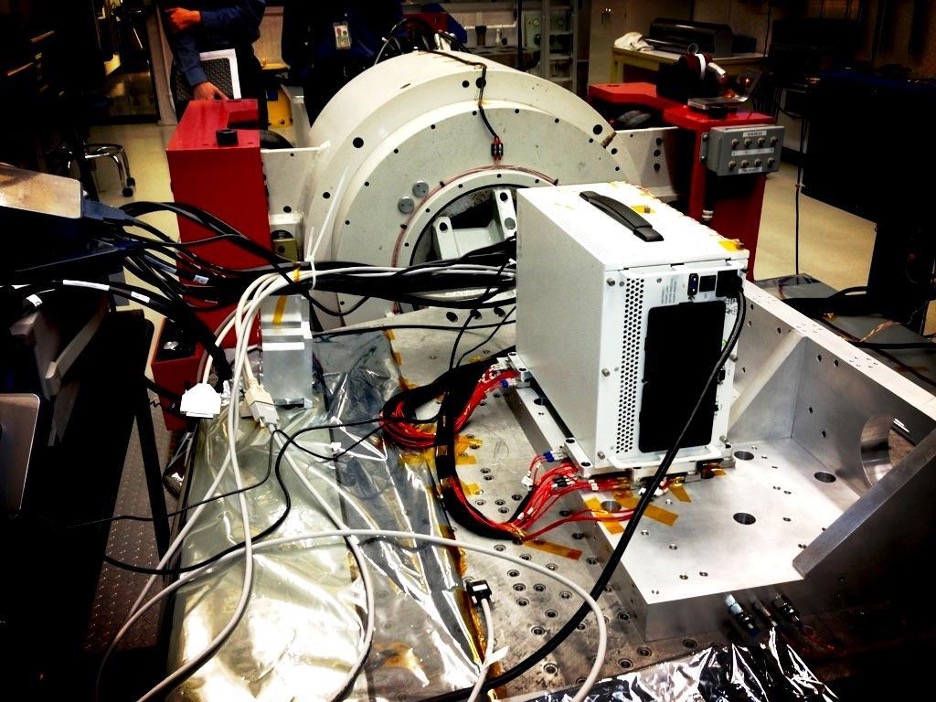
Scientists have long been trying to create ultra-low temperatures on Earth. In 1995, Wolfgang Ketterle and colleagues at MIT succeeded in cooling sodium gas to the lowest temperature ever recorded: only half a billionth of a degree above absolute zero, which is -273.15°C (-459.67°F). This achievement still holds the record for the lowest temperature, according to the Guinness Book of Records. In doing so, Ketterle and his team discovered a new form of matter, the Bose-Einstein condensate, where particles move in sync instead of fluttering independently of each other. The discovery of the Bose-Einstein condensate was awarded the 2001 Nobel Prize in Physics.
But part of being human is about trying to break any previously set records. So, in 2018, the coldest place in the Universe moved to the ISS. NASA has placed a unique Cold Atom Laboratory (CAL) on the Earth’s space outpost. This is a small vacuum “refrigerator” that slows down the atoms of matter with the help of lasers and an electromagnetic “knife” to form a Bose-Einstein condensate. The laboratory is being improved, so the question of what is the coldest temperature in the Universe remains open. And this is not surprising because humanity, it seems, will always argue with nature.
Is There Anywhere Colder Than Space?
Probably, not — except for artificially obtained temperatures. In any case, this can be assumed based on the scientific knowledge available to us today. But they are not dogmatic and cannot be considered eternal or absolute.
All we can say so far is that, as a rule, the temperature in space does not fall below the values characteristic of the cosmic microwave background (CBM). This is approximate −270.425°С (2.725 K). But as soon as the Universe expands a bit, thermometer levels will drop. It is believed that when the age of the Universe doubles, the CMB temperature will drop below absolute zero. According to calculations, it should drop by about one degree. Only time will tell how accurate this is. For us, as species, it will probably take too long — almost an eternity.
Conclusions
So, we know where the coldest place in the Universe is as of now (we say ‘now’ because science does not stand still, and everything can change soon). But as thousands of years pass, the gas in the Boomerang Nebula will slow down, and it will get warmer. On the other hand, humanity will never stop looking for new information, so amazing discoveries most certainly await.

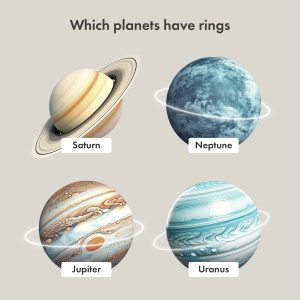


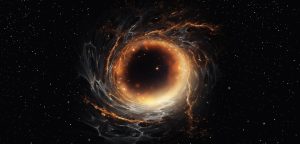

Thank you for your comment! It will be visible on the site after moderation.